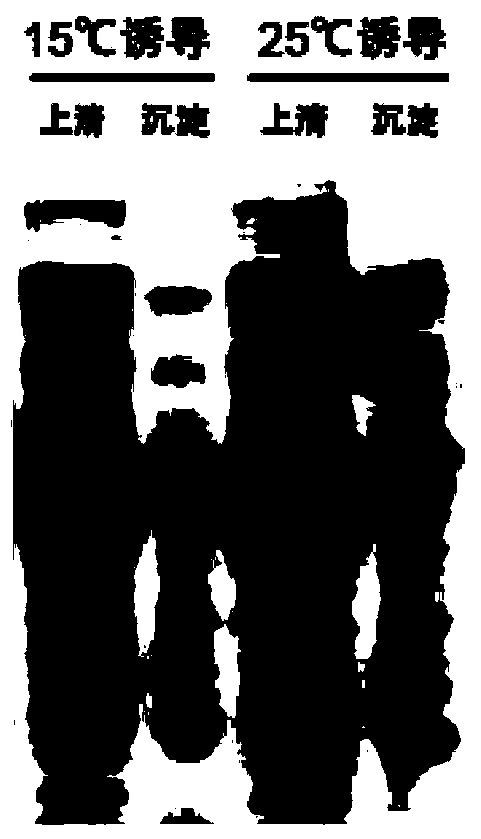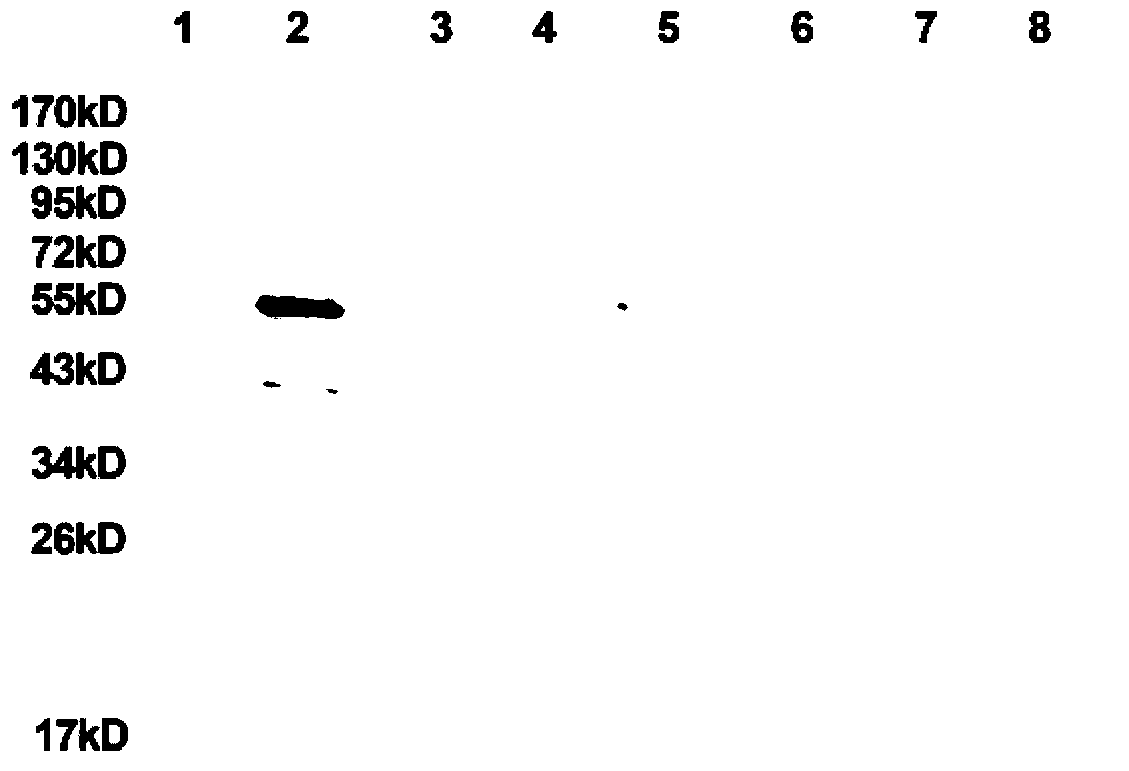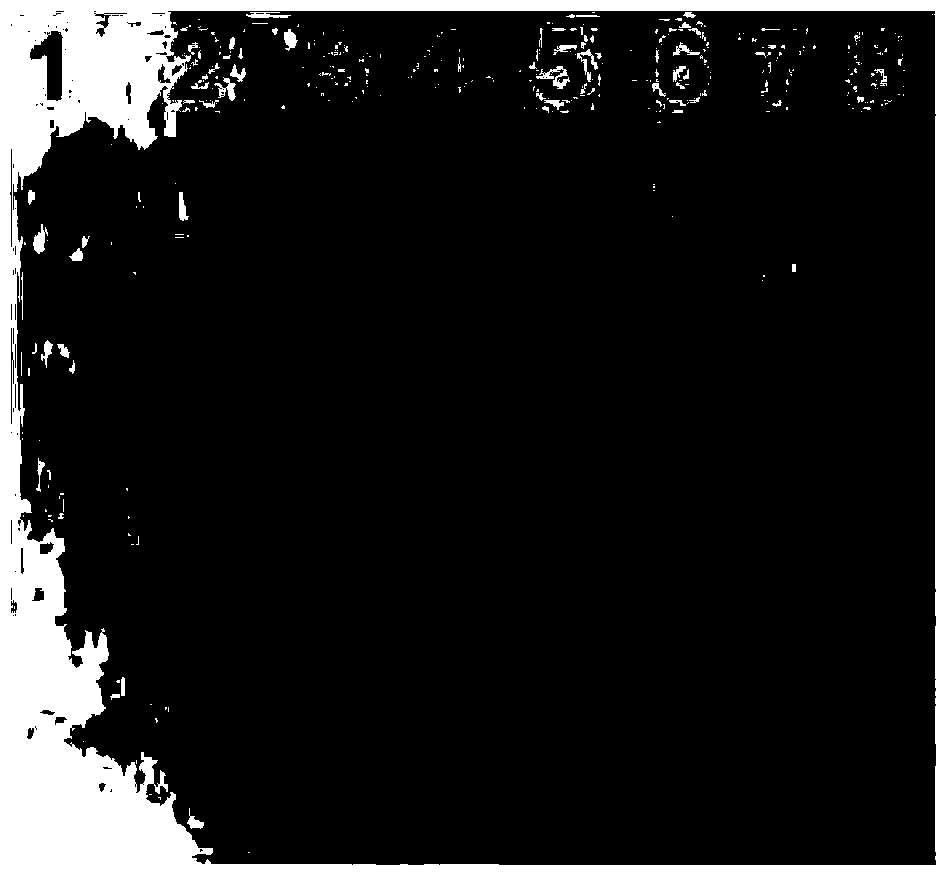Proteins and methods for preparing hepatitis E virus-like particles
A virus-like particle technology, applied in the fields of molecular biology and virology, can solve the problems of inability to obtain HEV virus-like particles, refractoriness and assembly
- Summary
- Abstract
- Description
- Claims
- Application Information
AI Technical Summary
Problems solved by technology
Method used
Image
Examples
Embodiment 1495
[0255] Construction of embodiment 1.495 protein and mutants thereof
[0256] Using the HEV Xinjiang strain sequence (NC_001434.1) as a template, the ORF2 gene sequence (Invitrogen) was synthesized and connected to the pMD-18T vector to obtain the plasmid pMD-18T-ORF2. Using pMD-18T-ORF2 as a template, 495F as a forward primer (the 5′ end of its sequence introduces a restriction endonuclease Nde I site (CATATG), ATG is the start codon in the E. coli expression system), and 495R is the reverse primer (the 3′ end of its sequence introduces the restriction endonuclease BamHI site), and the PCR reaction is carried out in the PCR thermal cycler (Biometra T3) according to the following conditions:
[0257]
[0258] The amplified product is a DNA fragment of about 1500bp. The PCR product was ligated with a commercially available pMD18-T vector (manufactured by TAKARA Company), and identified by NdeI / BamHI digestion to obtain the positive clone plasmid pMD18-T-495 inserted with the...
Embodiment 2495
[0266] Expression of embodiment 2.495 protein and mutant thereof
[0267] Take out 5 μL of bacterial liquid from the -70°C ultra-low temperature refrigerator, inoculate it into 5 mL of liquid LB medium containing kanamycin, and culture it with shaking at 37°C at 250 rpm until the OD600 reaches about 0.5; then, transfer it to 500 mL of liquid containing kanamycin In the plain LB medium, shake culture at 250 rpm at 37°C for 4-5 hours. When the OD600 reached about 1.5, IPTG was added to a final concentration of 0.4mM, and induced at 15°C, 20°C, or 25°C for 10, 8, or 8 hours at 250 rpm, respectively. The culture was centrifuged at 8000rpm for 5min, the cells were collected, and the cells were ultrasonically disrupted. After the cells were broken, they were centrifuged, and the supernatant and precipitate were taken for detection (using Coomassie brilliant blue staining or Western blot analysis, Western blot analysis using anti-HEVORF2 monoclonal antibody 16D7 (dilution ratio 1:20...
Embodiment 3495
[0273] Purification of embodiment 3.495 protein mutants
[0274] This example takes the 495 protein mutant 1 as an example to illustrate the purification of the 495 protein mutant capable of soluble expression in Escherichia coli.
[0275] After IPTG-induced expression, the bacteria were collected by centrifugation at 8000rpm for 5min, and then the bacteria were resuspended in the lysate according to the ratio of 1g of the bacteria to 10mL of the lysate (20mM Tris buffer pH7.2, 300mM NaCl). Ultrasonic breaker (Sonics VCX750 ultrasonic breaker) was used to treat bacteria (treatment conditions: working time 15min, pulse 2s, pause 4s, output power 55%). The cell lysate was centrifuged at 12,000 rpm at 4°C for 5 minutes (the same below), and the supernatant was discarded and the pellet was discarded (ie, soluble expression).
[0276] Primary purification of saturated ammonium sulfate
[0277] Precipitate the centrifuged supernatant obtained in the previous step with a saturate...
PUM
| Property | Measurement | Unit |
|---|---|---|
| diameter | aaaaa | aaaaa |
| diameter | aaaaa | aaaaa |
| radius | aaaaa | aaaaa |
Abstract
Description
Claims
Application Information
 Login to View More
Login to View More - R&D
- Intellectual Property
- Life Sciences
- Materials
- Tech Scout
- Unparalleled Data Quality
- Higher Quality Content
- 60% Fewer Hallucinations
Browse by: Latest US Patents, China's latest patents, Technical Efficacy Thesaurus, Application Domain, Technology Topic, Popular Technical Reports.
© 2025 PatSnap. All rights reserved.Legal|Privacy policy|Modern Slavery Act Transparency Statement|Sitemap|About US| Contact US: help@patsnap.com



